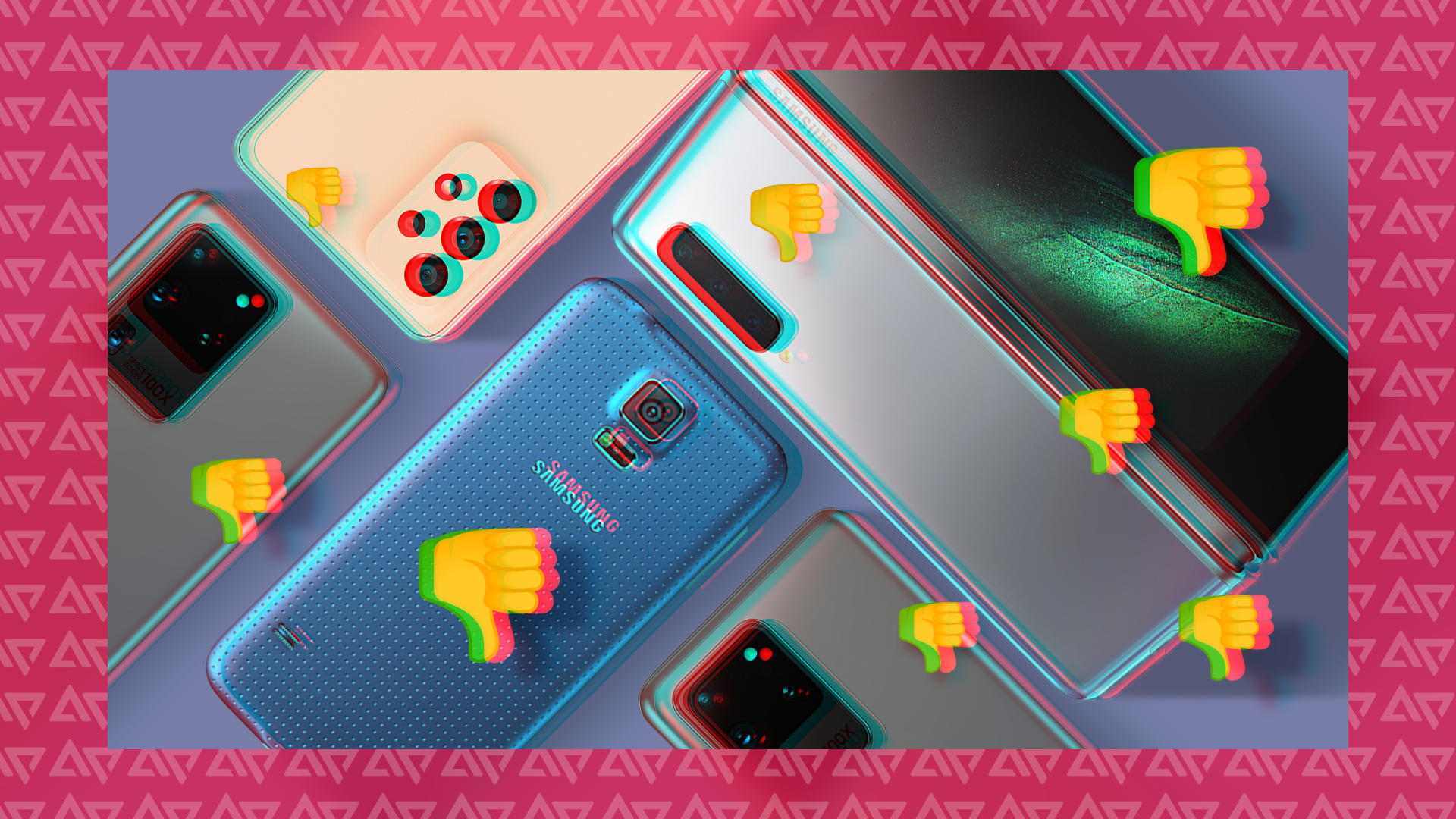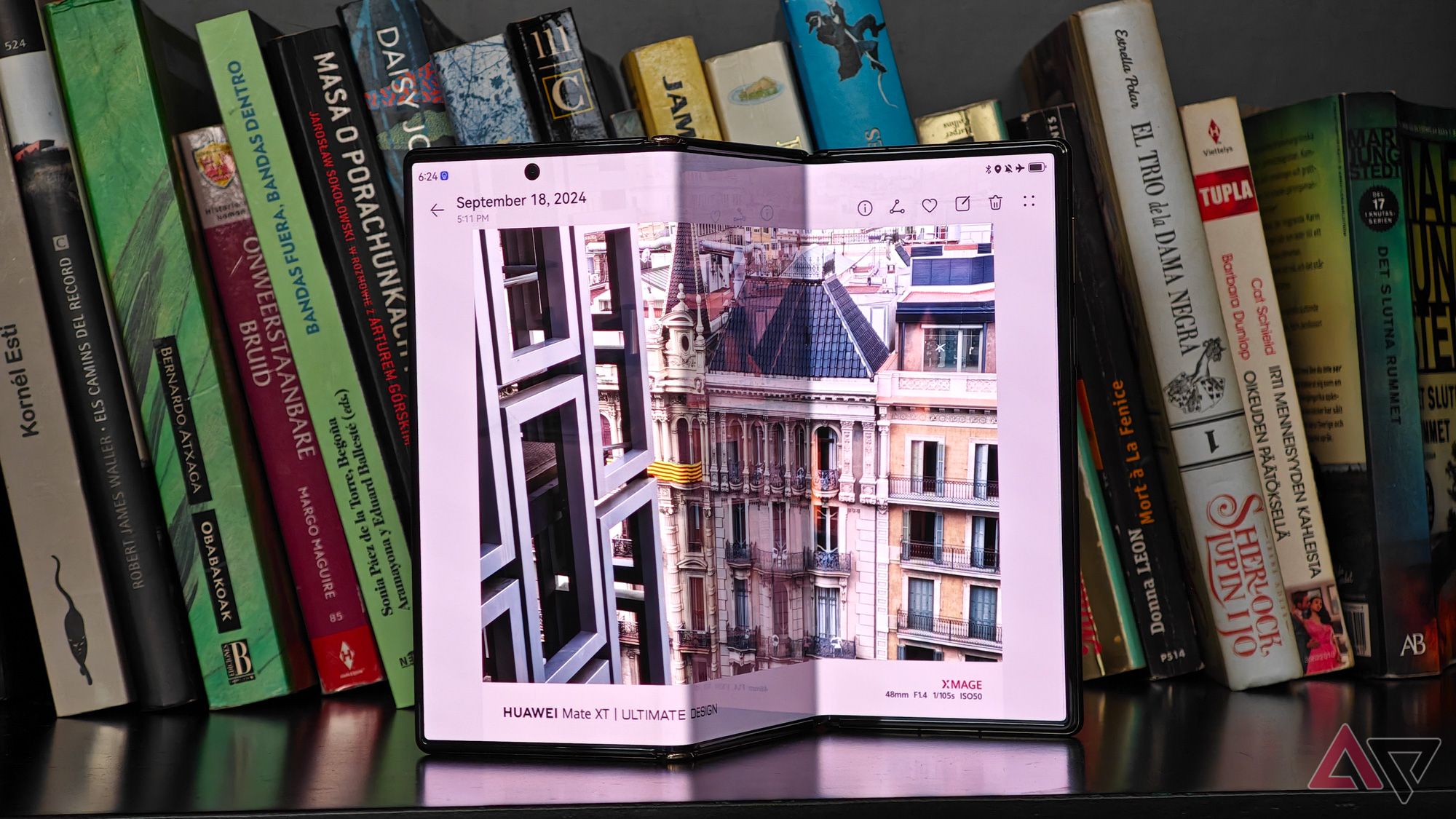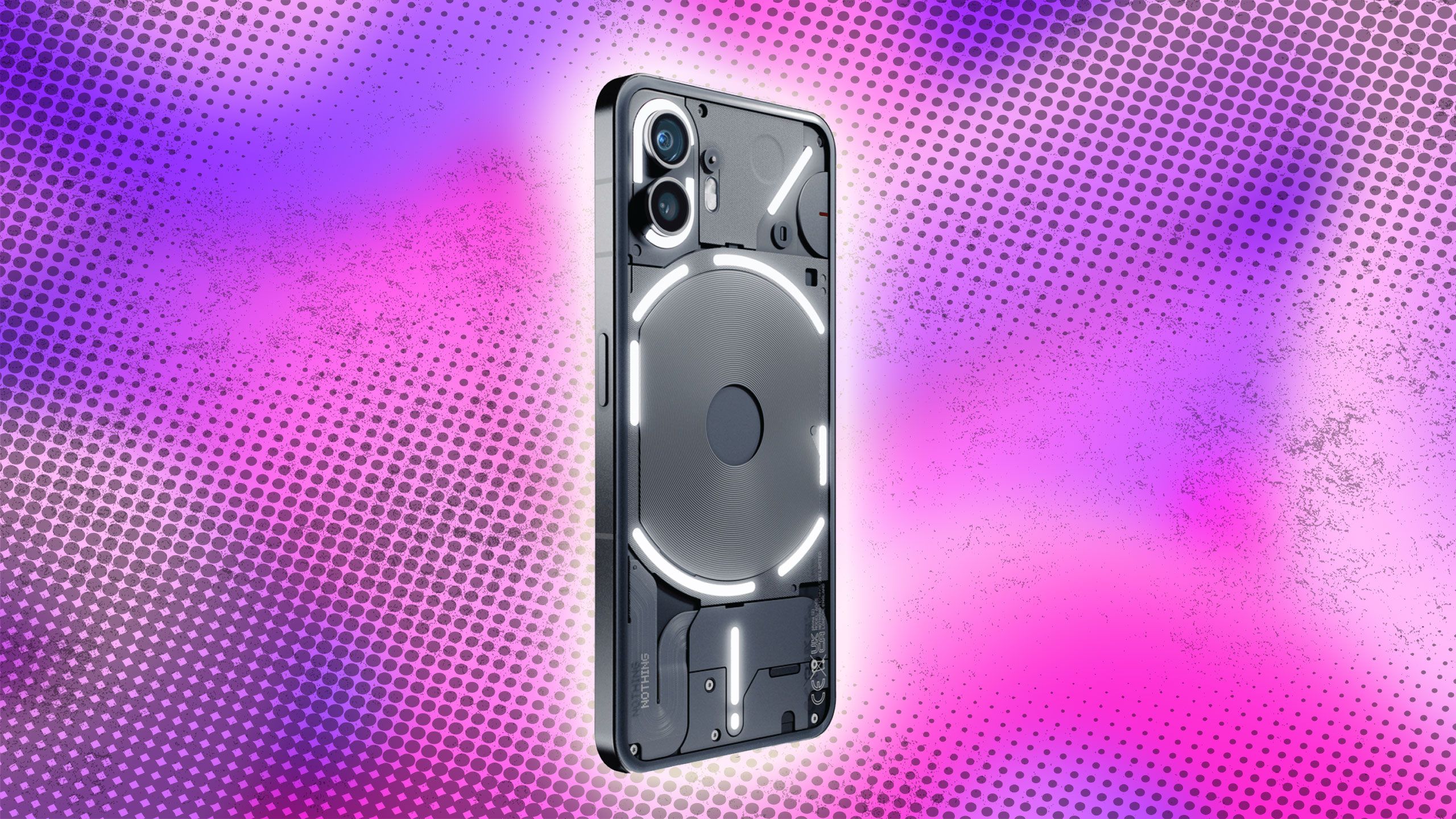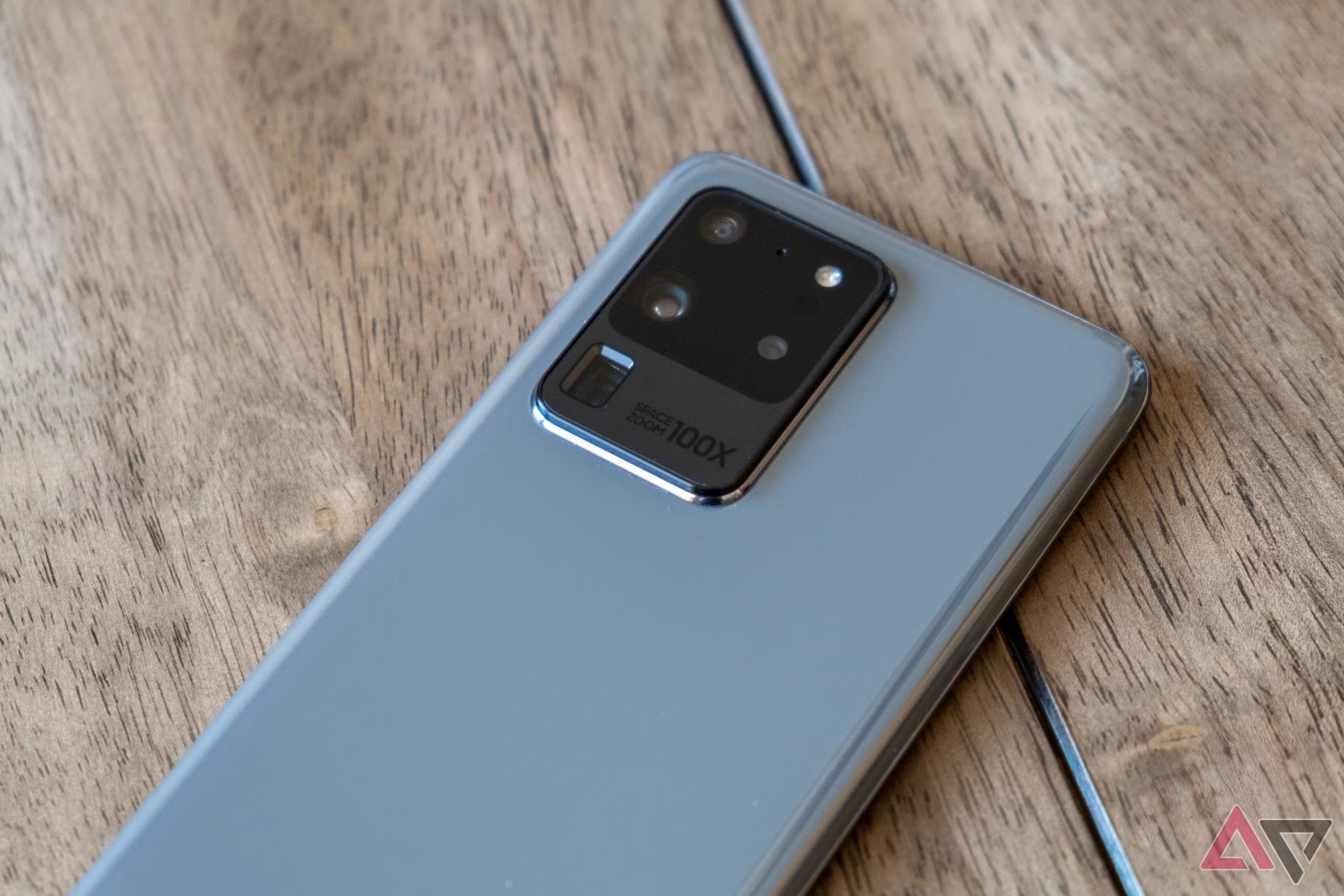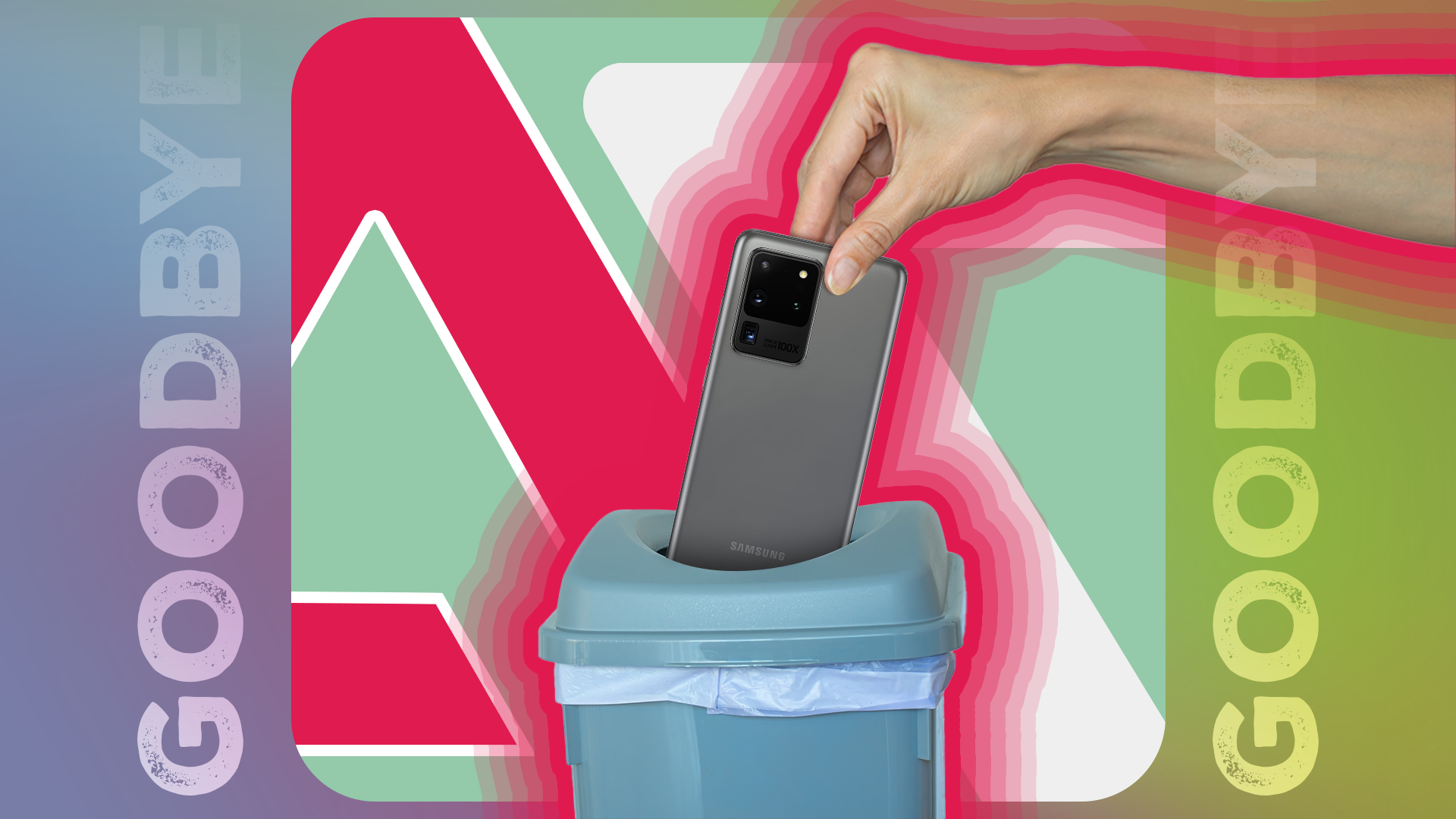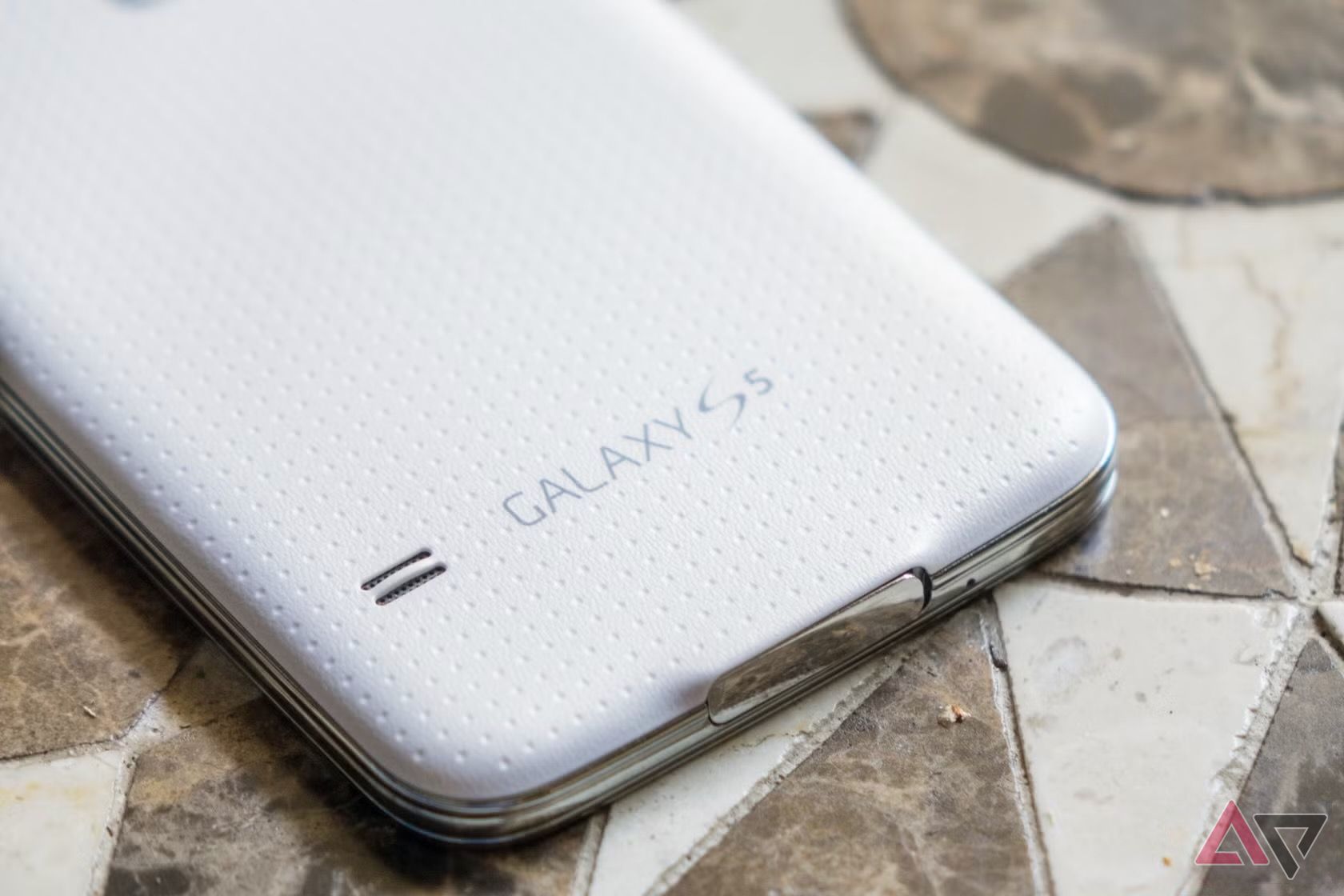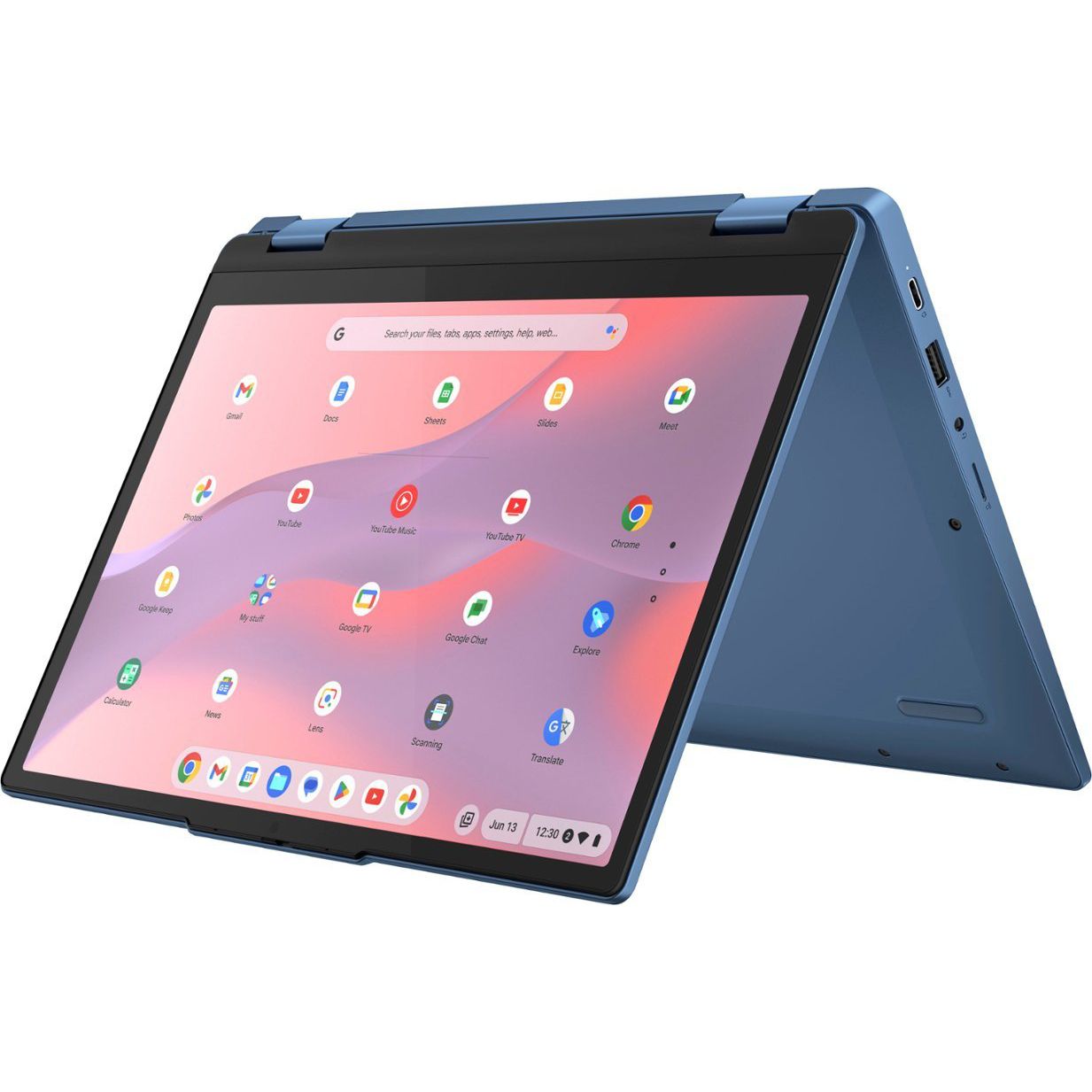Android manufacturers launch hundreds of devices every year. A few stand out for their performance, design, battery life, and imaging capabilities. Some stand out for the wrong reasons. I have used over 50 Android phones in the last 15 years. Here are the ones I remember for being overhyped and falling flat with their gimmicks.
5
LG G5
The world was not ready for modular phones
In many ways, the LG G5, which launched in 2016, was ahead of its time with its premise. LG designed the phone around a modular concept, letting users expand its functionality through add-ons called “Friends.” Think of it like the Fairphone, from a decade ago.
One example was the Cam Plus module, which added dedicated camera controls and a 1,200mAh battery, much like the camera grips that Xiaomi and Vivo offer with their flagship phones. Likewise, there was another B&O Hi-Fi DAC and amplifier, designed for audiophiles.
Despite LG’s best efforts and the initial hype, the G5 and its “Friends” modules failed to gain traction. The add-ons failed to justify their existence, and in most cases, weren’t worth the hassle of swapping the removable battery. The average battery life, poor software support, and steep price did not help things. No wonder LG abandoned the modular design with the G6 a year later.
4
Google Pixel 7 Pro
Tensor failed this Google flagship
Although I wanted to buy the Google Pixel 6 Pro in 2021, I decided against it. Since it featured Google’s first Tensor chip, I figured it was bound to run into issues. My concerns proved accurate. I waited for the Pixel 7 lineup in 2022, hoping Google would resolve most of these problems. In my optimism, I purchased the Pixel 7 Pro on its launch day in India.
It usually takes a couple of months for the honeymoon period to end with any device, after which its issues become apparent. That was not the case with the Pixel 7 Pro. This phone was so bad that I sold it within a couple of months of purchasing it. The subpar experience vindicated my decision not to buy the Pixel 6 Pro. If the Pixel 7 Pro was this bad, I can only imagine how much worse the Pixel 6 Pro must have been.
The Tensor G2, while an improvement over the G1, did not deliver the same level of performance as Qualcomm’s Snapdragon chips. Worse, the phone would overheat during heavy 5G use, with the battery percentage dropping almost in real-time. The Exynos modem was so unreliable that I frequently faced call drops and sluggish data speeds. I didn’t encounter these issues on any of my previous phones.
Despite these issues, the Pixel 7 Pro was praised by the tech media and crowned as one of the best Android phones to launch that year.
3
Samsung Galaxy S20 Ultra
A costly mistake
I got the Samsung Galaxy S20 Ultra a few weeks before the COVID-19 lockdown in 2020 in my country, despite its $1,400 price tag. I was excited about the phone’s triple-camera setup, which included an impressive 108MP primary shooter and a 48MP periscope shooter. Little did I know, the Exynos 990 would ruin the experience.
Unlike the US variants, which used Qualcomm’s Snapdragon 865 chip, Samsung equipped the international Galaxy S20 variants with its in-house 7nm Exynos 990 SoC. The chip had overheating issues, and battery life was average, despite a massive 5,000mAh cell. Even though I stayed home during the pandemic and mostly used Wi-Fi, the phone failed to last a full day on a single charge.
Even the cameras failed to impress, with the 100x Space Zoom proving to be nothing more than a gimmick. Performance was equally bad, with laggy animations and stutters throughout the UI. I will never forget the Galaxy S20 Ultra and the Exynos 990 for their tendency to heat up quickly. It made me swear off Exynos chips for good, though Samsung redeemed itself to a certain extent with the Galaxy S21 and its 5nm Exynos 2100 chip.
If you used the Galaxy S20’s Snapdragon version, you would likely have had a better experience than mine. If you owned the Exynos variant, you should relate to my experience.
2
Samsung Galaxy S5
A design disaster
The makeshift design should have been a red flag, but I still bought the Samsung Galaxy S5 within days of its launch. The experience was so bad that I still remember it over a decade later. Apart from the plastic build quality, which included a flap for the microSUB port, the Galaxy S5 stood out for its cartoonish Touchwiz interface and the amount of bloatware it shipped with.
Worse, Samsung launched the phone with only 16GB of internal storage outside its home market. With so much bloatware, the phone barely shipped with 10GB of usable space.
How can I forget the swipe-style fingerprint scanner? It was unreliable and awkward to use. This was classic Samsung, adding a feature to keep up with Apple. Likewise, the rear-mounted heart rate sensor served no real purpose and felt like nothing more than a gimmick. It was an idea that should have been nixed on the drawing board.
The Galaxy S5 was widely panned by the tech media for its design when it launched, and it’s probably among the least-hyped phones on the list. However, Samsung made a comeback after this setback, launching the Galaxy S6 and S6 edge the following year with a sleek new design.
1
Nokia 9 PureView
What was HMD thinking?
I picked up the Nokia 808 PureView (after Nokia discontinued it) for its 41MP camera. It was a terrible phone, but the camera was incredible. Even now, when I look back at the vacation photos I took with the 808 PureView, the image quality blows me away.
When rumors of the HMD-backed Nokia 9 PureView popped up, I — and others like me — were excited about it. On paper, it promised to bring the best of both worlds: a five-camera setup, which was unheard of at that time, paired with clean Android in a sleek hardware package.
I did not purchase the Nokia 9 PureView right after its launch. While I had intended to buy one, a friend purchased it, and I used it extensively. For a phone whose main selling point was its cameras, the Nokia 9 PureView faltered.
It took ages to process the pictures, ruining the experience. What’s the point of great image quality if it takes forever to capture a shot? I’m not talking about one or two seconds. I remember the Nokia 9 PureView taking more than 10 seconds to take and process one image. This is despite the phone shipping with a flagship Snapdragon 845 chip and 6GB of RAM.
The in-display fingerprint sensor was another issue. It was oddly placed and inconsistent, making it difficult to use. No wonder the Nokia 9 PureView never took off despite packing so much promise.
These overhyped phones still shaped the future
Despite the hype and their flaws, the Galaxy S20 Ultra, Nokia 9 PureView, and LG G5 played a crucial role in shaping modern smartphones. They pioneered features such as 100x digital zoom with impressive quality, multi-camera setups, and modular accessories, which have become common in today’s flagship smartphones.
Without the Galaxy S5, there would never have been the sleek Galaxy S6. Likewise, the connectivity and overheating issues on the Pixel 7 and even the Pixel 6 have likely played a key role in Google’s decision to switch to TSMC for fabricating the upcoming Pixel 10’s Tensor chips this year.


